 Abraham Lincoln
If given the truth, the people can be depended upon to meet any national crisis...
Abraham Lincoln
If given the truth, the people can be depended upon to meet any national crisis...
 Guildford news...
for Guildford people, brought to you by Guildford reporters - Guildford's own news service
Guildford news...
for Guildford people, brought to you by Guildford reporters - Guildford's own news service
Birdwatcher’s Dairy No.132
Published on: 6 Apr, 2017
Updated on: 6 Apr, 2017
By Malcolm Fincham
Returning home from a trip to Cornwall to visit family, with little time for any serious birdwatching while there, left me eager to catch up with what I had been missing locally.
With just a few days of March remaining, and having kept up with the news of the recent sightings in the Surrey area, I was well aware of a pair of garganey that had already spent almost a week on a pond by St Catherine’s Lock in Shalford.
These quite rare visitors to Surrey would soon be moving on to their breeding grounds. Not having any decent pictures from previous sightings, I was keen to get some.
The garganey is a scarce and very secretive breeding duck in the UK. Smaller than a mallard and slightly bigger than a teal. The male is most easily recognised with a broad white stripe over the eye. It feeds by ‘dabbling’. It breeds across northern parts of Europe, as far north as the sub-Arctic and winters in the northern tropics mostly South Africa and Western Asia.
Waiting over an hour they finally appeared, although only briefly, but just long enough to get a few decent record shots before they both merged back into the shallow water of the reeds in the backwaters of the pond.
When zoned into wildlife watching I find the concept of time disappears. Although the garganey were the ‘target’ birds to see, they were, on hindsight, a bonus.
While there I had already enjoyed the usual sight at this time of year of two coots scrapping.
A grey heron, as it took flight over a nearby tree.
Perched among the branches was a greenfinch, wheezing away in familiar song.
Across the water, close to the reed beds where the garganey had been reported appearing from, I watched a pair of dabchicks in their progress of building a nest.
Also sighting a peacock butterfly and my first small tortoiseshell butterfly sighting of the year.
The following day, in the company of Dougal, we set out on a mission to find John, a respected and seasoned birdwatcher from Kent. The aim being to see as many birds as possible that are less likely to be seen in his home county. A walk though Effingham Forest gave up its secrets in the way of birds, not often seen by me locally either.
Common crossbills are birds that areoften sighted when I least expect them to, occasionally just as a ‘flyover’. Or sometimes in the tops of tall pine trees, (seeing pine cones falling to the floor as they feed on them is often a clue).
By chance, we heard the ‘jipp, jipp’ call of a small flock as they flew overhead. Landing in a deciduous tree, I was able to pick them out with my camera.
Looking closely, we realised they were mostly made up of the ‘brick red’ males of the species.
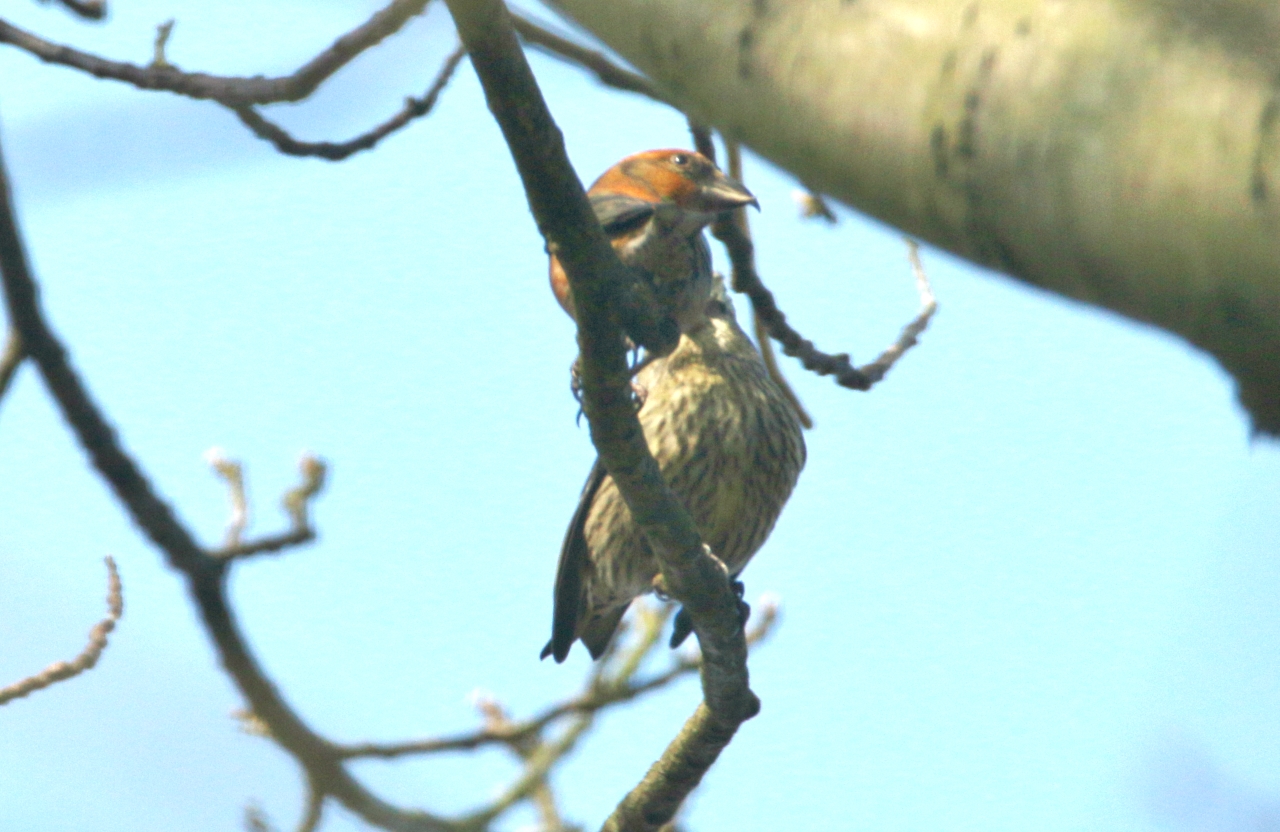
Adult male common crossbill feeding one of its ‘streaky’ looking fledglings. Juvenile crossbills are rather grey-brown and streaky in appearance.
On landing on the branches of a nearby bare tree, we soon realised they were feeding their young. Juvenile crossbills are rather grey-brown and streaky in appearance, so quite easy to pick out from the adults.
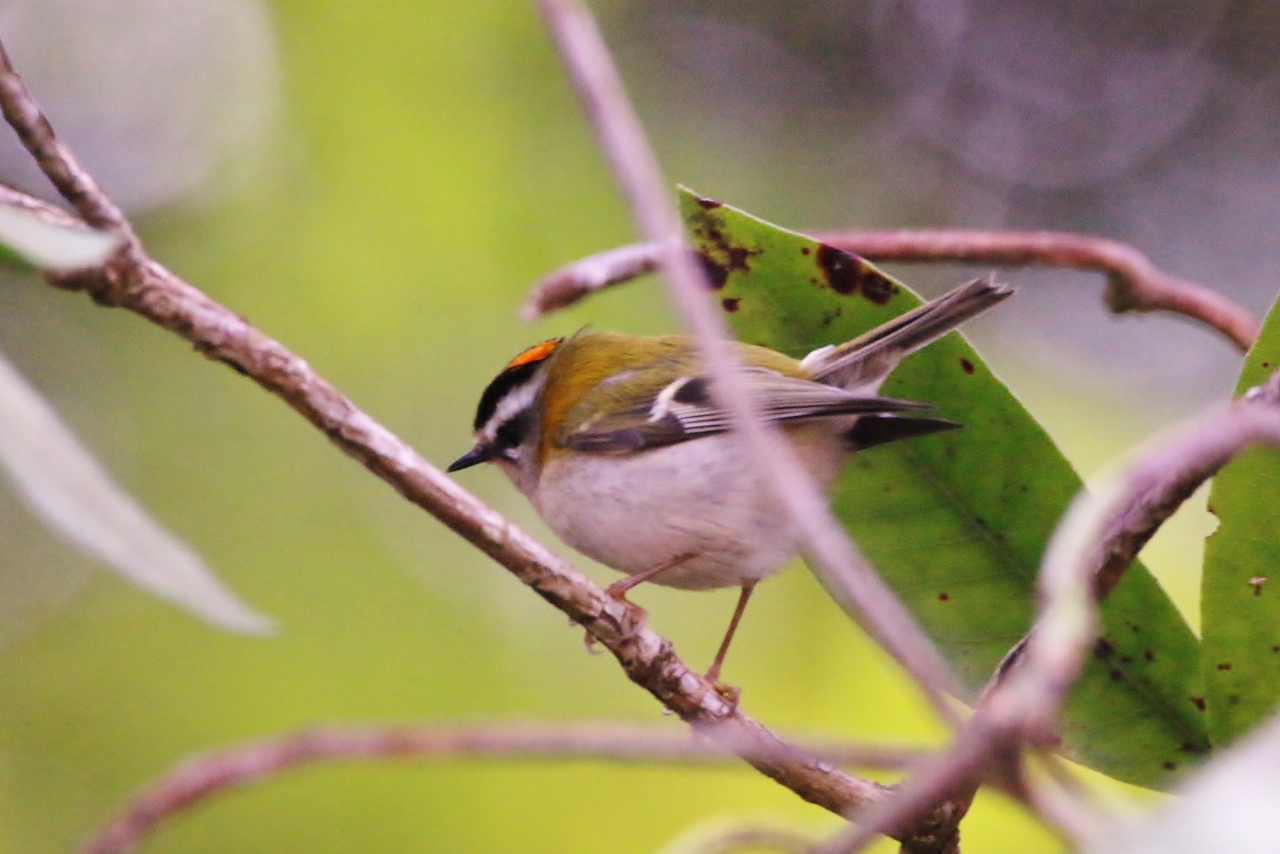
Firecrest. Like a goldcrest, the male firecrest can sometimes show a more orange colour to its head.
Alerted to the sounds of several firecrests calling, I managed to locate one. And after much swearing, under one’s breath, even managed to focus on one long enough to snap a few photos as it flitted among the branches looking for insects to feed on.
Also adding to our day list was a siskin singing from a pine tree.
And a marsh tit.
Our next venue was Thursley Common, where we were greeted on to the heathland by the sound of a chiffchaff singing its notorious song.
On the heath several pairs of stonechats could be viewed. We even got some stunning, close-up views of a Dartford warbler, as it worked its way within a silver birch sapling that hadn’t yet turned to leaf.
Adding to all of our lists of sightings this year was a woodlark as it sang from the top of a dead tree.
Eventually, after much scanning across the landscape though our binoculars, I finally managed to pick out the great grey shrike, perched high in a distant tree. Setting my camera to ‘max-zoom’ I even managed what I felt were some acceptable pictures with the cloudless sky beyond.
As it took flight once again across the heathland and out of view, I realised it would probably be my last view of it this spring. Migrating soon to its summer home in Eastern Europe.
On March 29, with the weather still in my favour, I took a trip to Farlington Marshes, near Portsmouth, half expecting to catch a sight of a summer migrant or two.
Not put out that I didn’t that day, I was surprised to note the absence of brent geese, seeing just one in my time there. Most have now returned to their summer breeding grounds in Siberia, no doubt.
The ever-reliable photogenic kestrel didn’t disappoint, however. Watching my every move as I walked past her, I was able to pass by so close that I was eventually unable to fit her in the lens of my camera!
Even allowing me some rear-view shots.
Scanning through the various gulls that had gathered by the stream, I noticed several east European gulls, which used to rare visitors to the UK, but have rapidly become a widely established and still expanding nesting species.
Once upon a time the normal nesting range was reported to be Greece, Turkey and around the Black Sea.
Ironically black-headed gulls have chocolate-brown summer hoods – it’s the whiter-winged Mediterranean gull that actually has a jet black head during the nesting season.
In the 1960s appearances in this country were so unusual that observers were required to submit detailed descriptions to the British Birds Rarities Committee before they could be officially accepted.
The breeding population of Mediterranean gulls in the British Isles is now well beyond 300 pairs. The largest colony is thought to be in the areas surrounding Langstone Harbour, Hampshire, where, it is said, they reared a record total of 80 young in 2004. Milder weather does not appear to be a factor in their growth in numbers of Mediterranean gulls in the UK.
Close by a small group of black-tailed godwits gathered, with a few now changing into summer plumage.
Also adding to the day list were numerous redshanks.
Little egrets.
Skylarks in song.
A few gadwall.
Displaying lapwings.
A parcel of oystercatchers.
Teal.
Back in the Guildford area and while on a walk in West Clandon, with Bob, I caught a distant sight of what looked to be a bird sitting on a fence post. Pointing it out, Bob soon confirmed my thoughts. It wasn’t until the last day of March that I got to see what I would class as a true summer migrant.
A hirundine in the shape of a swallow. Two to be precise, making their long series of unmistakable and continuous warbling, whirring sounds as they flew overhead.
Also that day, adding a small copper to this year’s butterfly list.
And also a little owl, sunning itself, just beyond a clump of brambles. Hoping to get a better view, we moved closer, only to watch it take flight.
It repositioned itself on a large log, not too far beyond.
Deciding not to cause it any further concern, we took a few more distant record shots and left it to enjoy the warmth of the sunshine.
Responses to Birdwatcher’s Dairy No.132
Leave a Comment Cancel replyPlease see our comments policy. All comments are moderated and may take time to appear.
Recent Articles
- Guildford Institute’s Crowdfunding Project for Accessible Toilet in its New Community and Wellbeing Centre
- Letter: Guildford – Another Opportunity Missed?
- Letter: GBC’s Corporate Strategy – Where Is the Ambition?
- My Memories of John Mayall at a Ground-breaking Gig in Guildford Nearly Six Decades Ago
- Westborough HMO Plans ‘Losing the Heart of the Street’ Says Resident
- College Invests to Boost Surrey’s Economy and Close Digital Skills Gap
- Community Lottery Brings Big Wins for Local Charities
- GBC Housing Plan Promises ‘A Vibrant Urban Neighbourhood’ Near Town Centre
- Hospital Pillows ‘Shortage’ at the Royal Surrey
- Updated: Caravans Set Up Camp at Ash Manor School


Recent Comments
- Ian Macpherson on Updated: Main Guildford to Godalming Road Closed Until August 1
- Sara Tokunaga on GBC Housing Plan Promises ‘A Vibrant Urban Neighbourhood’ Near Town Centre
- Michael Courtnage on Daily Mail Online Reports Guildford Has Highest-paid Council Officer
- Alan Judge on GBC Housing Plan Promises ‘A Vibrant Urban Neighbourhood’ Near Town Centre
- John Perkins on GBC Housing Plan Promises ‘A Vibrant Urban Neighbourhood’ Near Town Centre
- S Collins on GBC Housing Plan Promises ‘A Vibrant Urban Neighbourhood’ Near Town Centre
Search in Site
Media Gallery
Dragon Interview: Local Artist Leaves Her Mark At One of England’s Most Historic Buildings
January 21, 2023 / No Comment / Read MoreDragon Interview: Lib Dem Planning Chair: ‘Current Policy Doesn’t Work for Local People’
January 19, 2023 / No Comment / Read MoreA3 Tunnel in Guildford ‘Necessary’ for New Homes, Says Guildford’s MP
January 10, 2023 / No Comment / Read More‘Madness’ for London Road Scheme to Go Ahead Against ‘Huge Opposition’, Says SCC Leader
January 6, 2023 / No Comment / Read MoreCouncillor’s Son Starts Campaign for More Consultation on North Street Plan
December 30, 2022 / No Comment / Read MoreCounty Council Climbs Down Over London Road Works – Further ‘Engagement’ Period Announced
December 14, 2022 / No Comment / Read MoreDragon Interview: GBC Reaction to the Government’s Expected Decision to Relax Housing Targets
December 7, 2022 / No Comment / Read MoreHow Can Our Town Centre Businesses Recover? Watch the Shop Front Debate
May 18, 2020 / No Comment / Read More




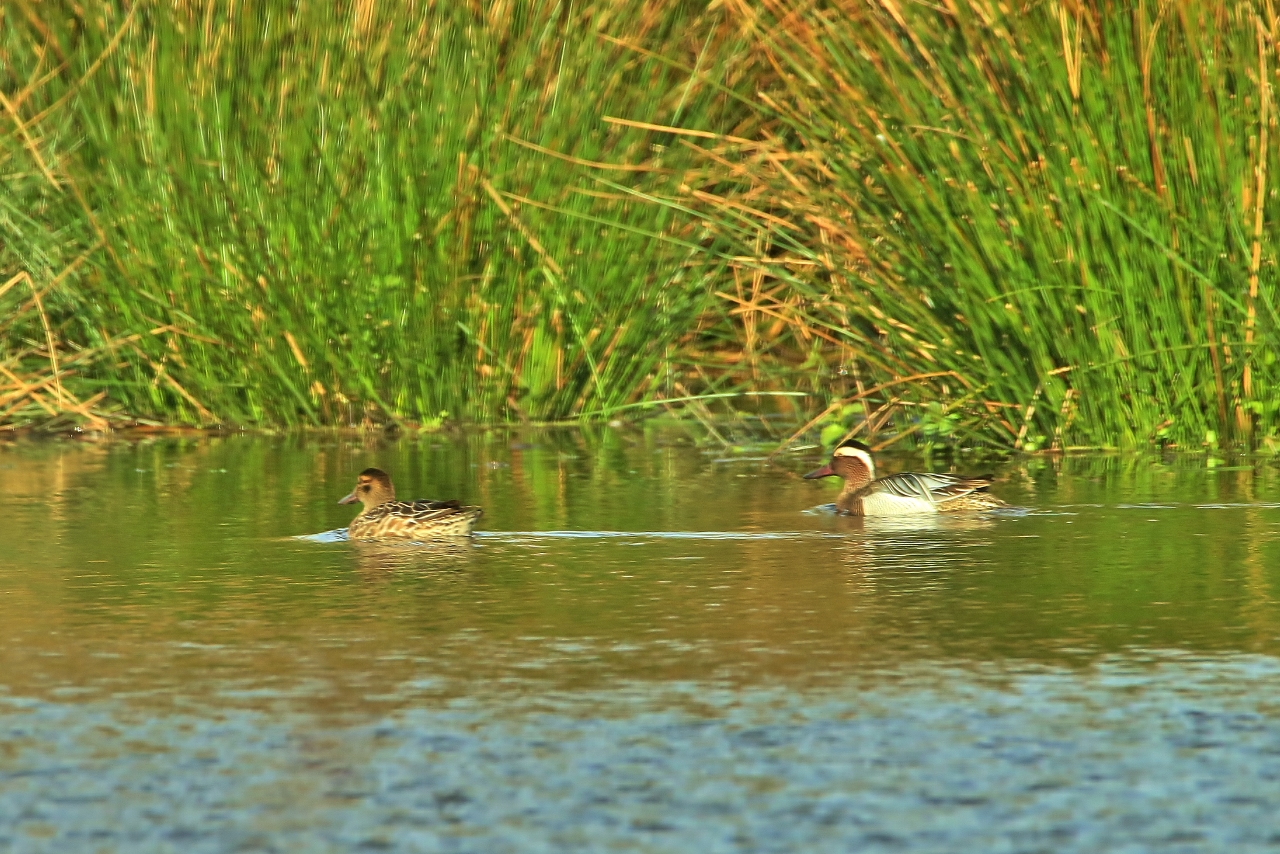

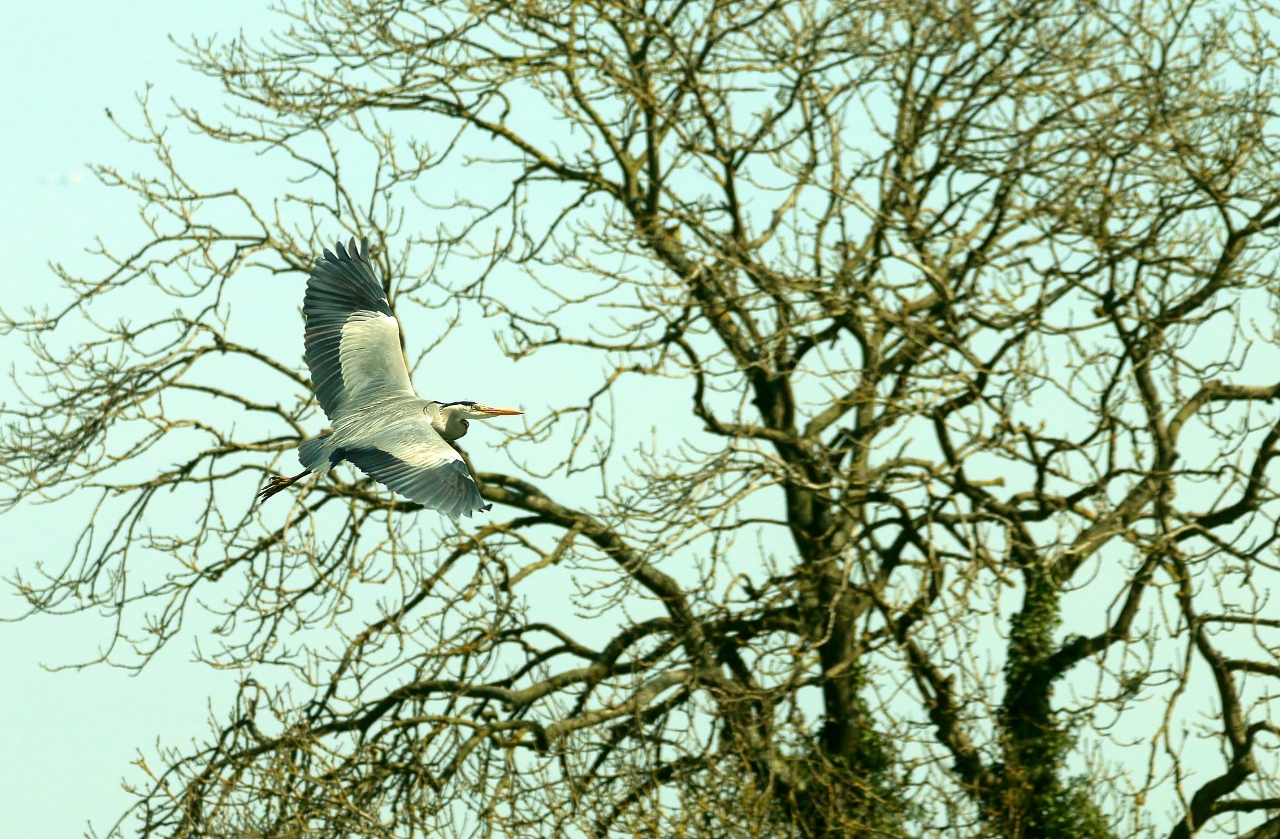
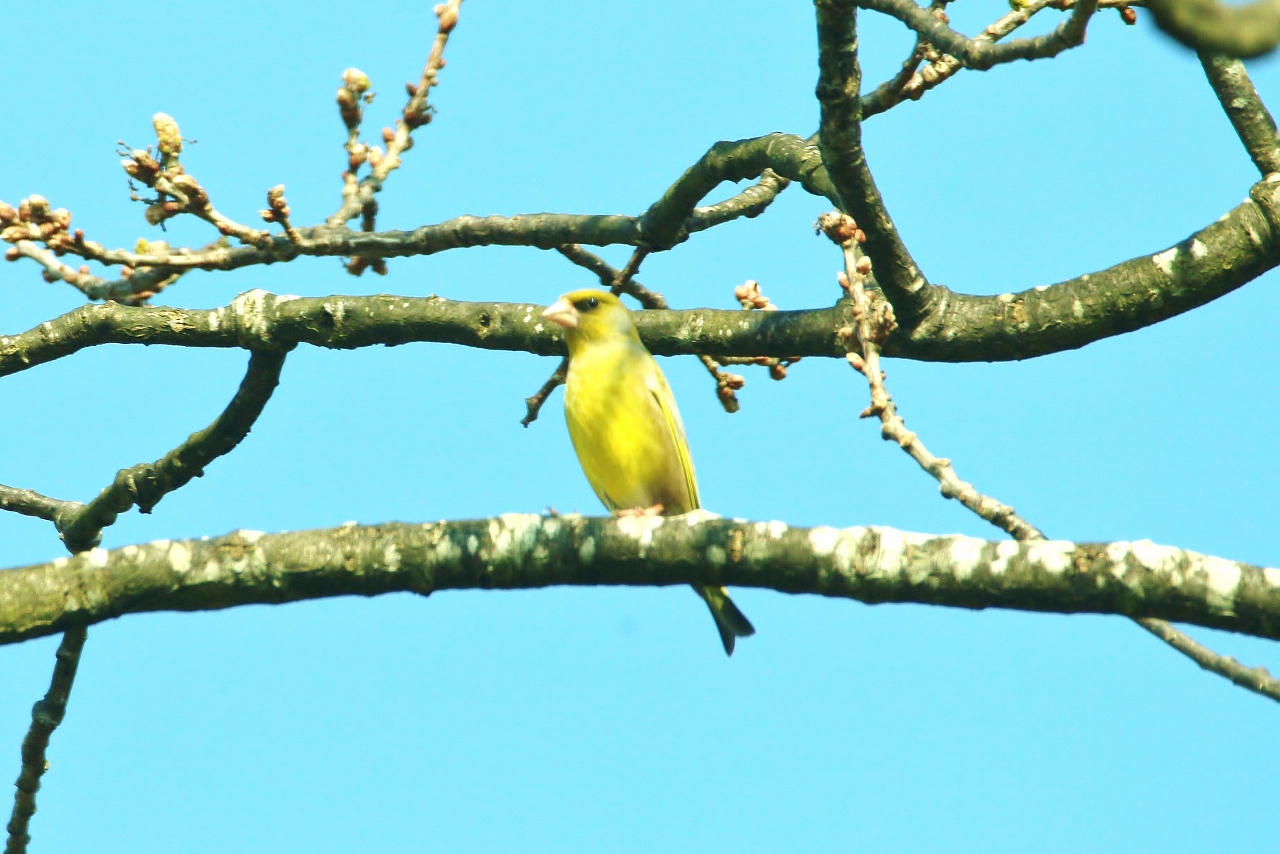
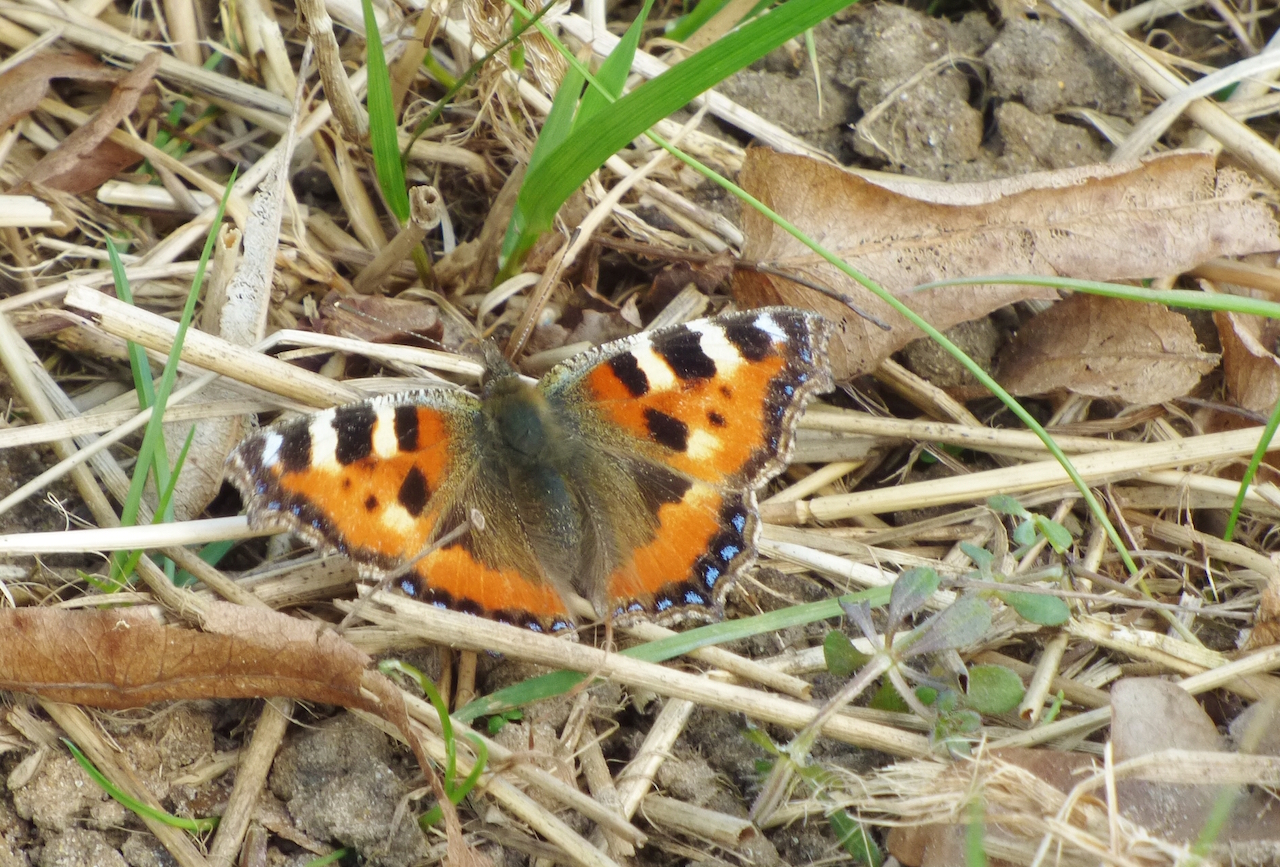
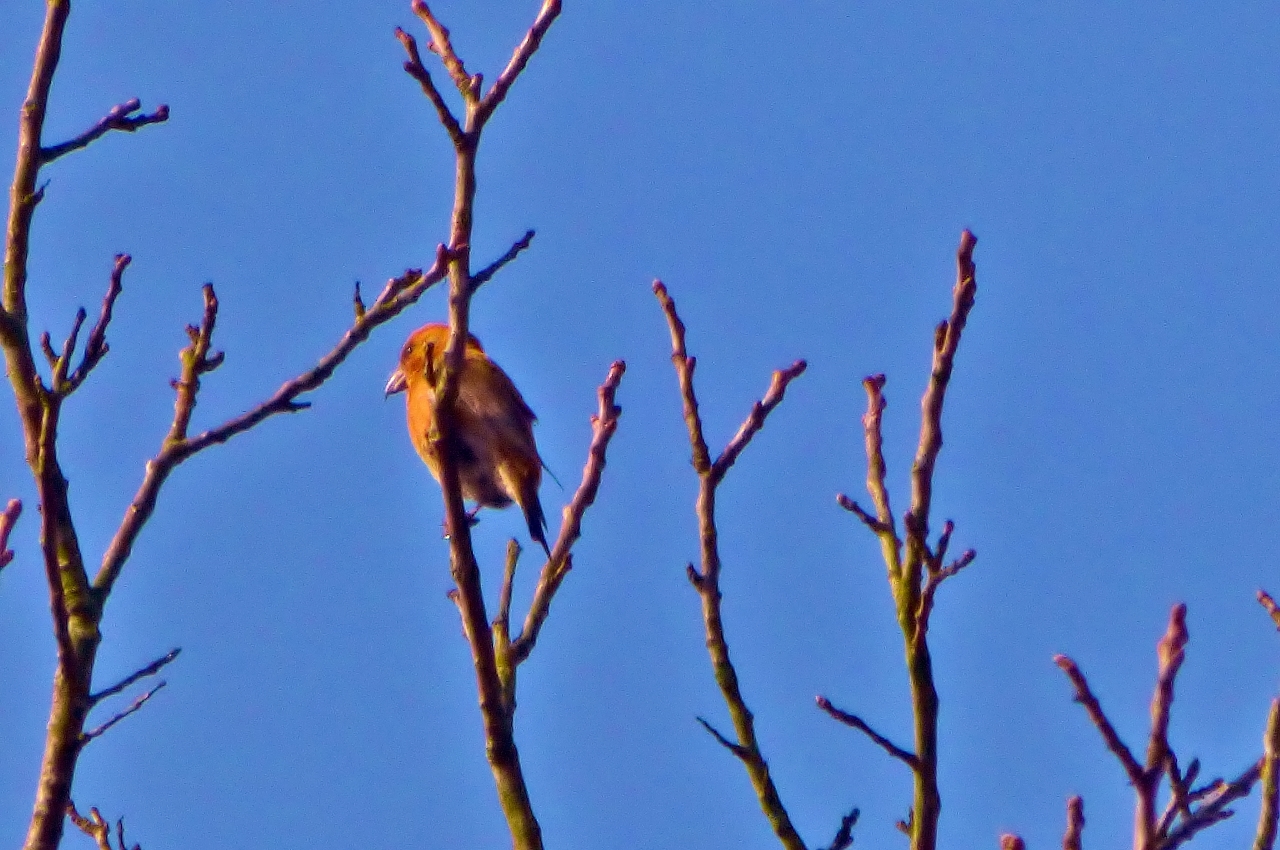
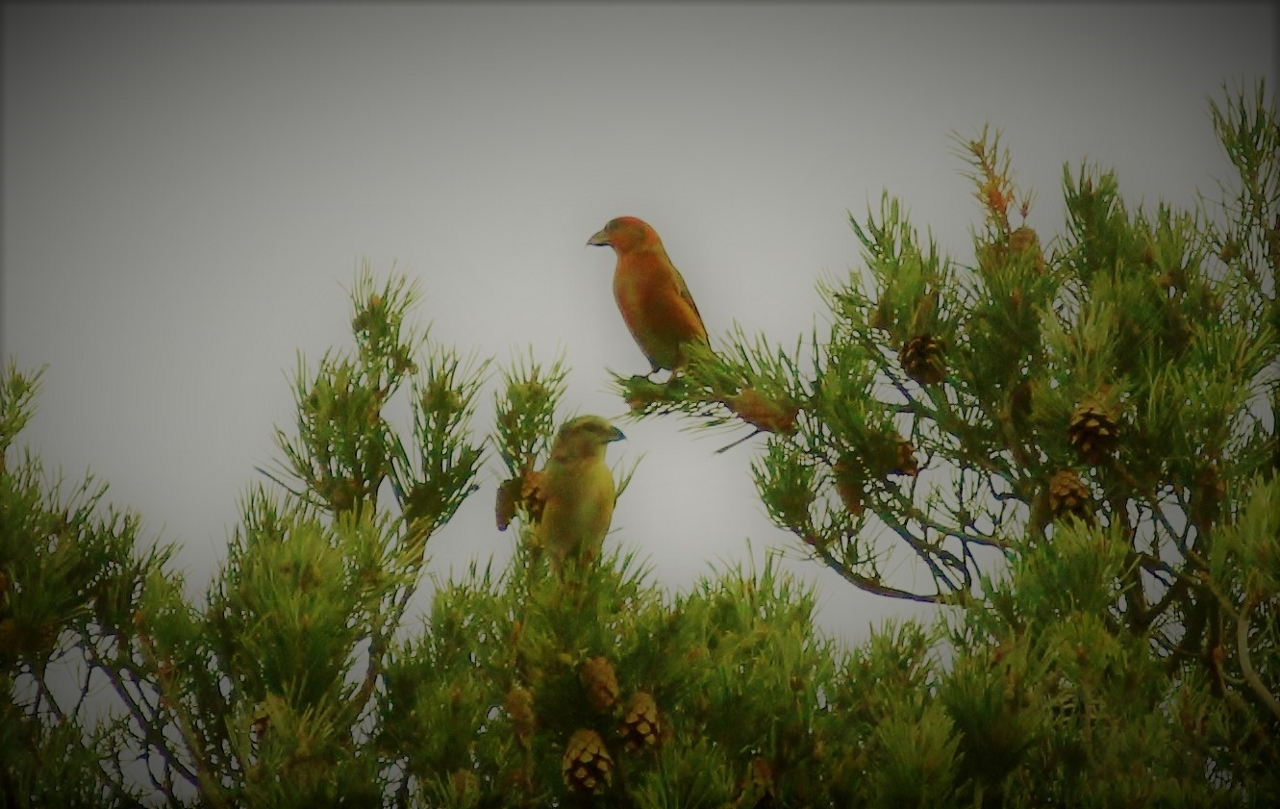
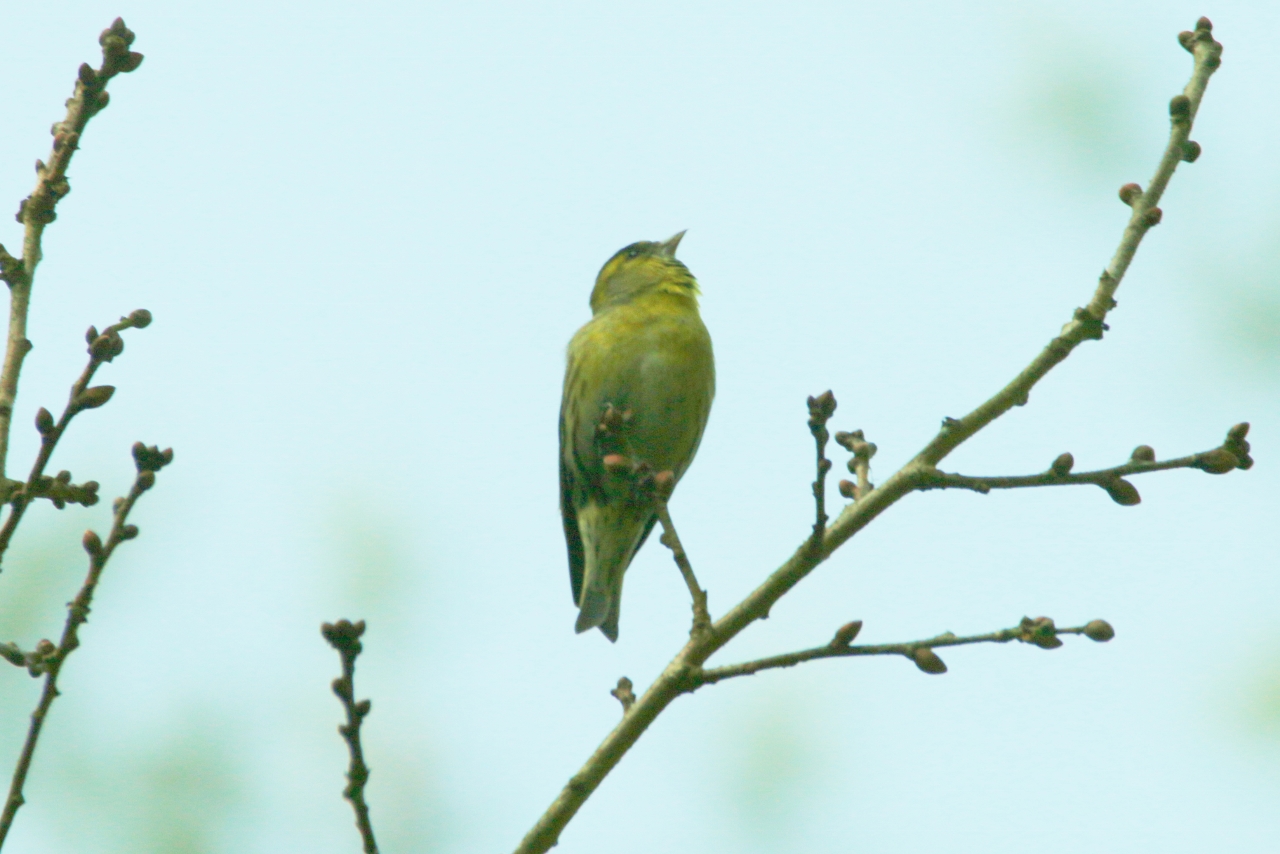





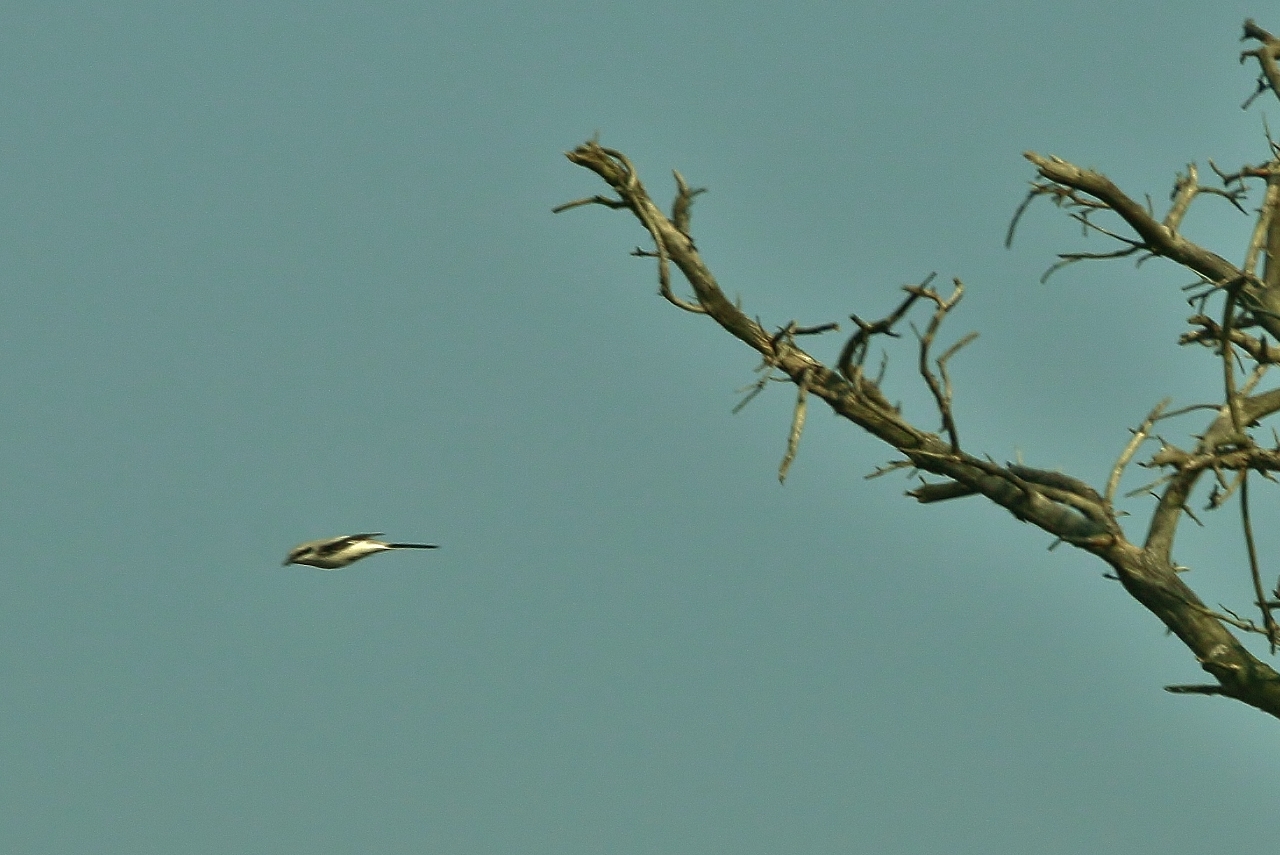
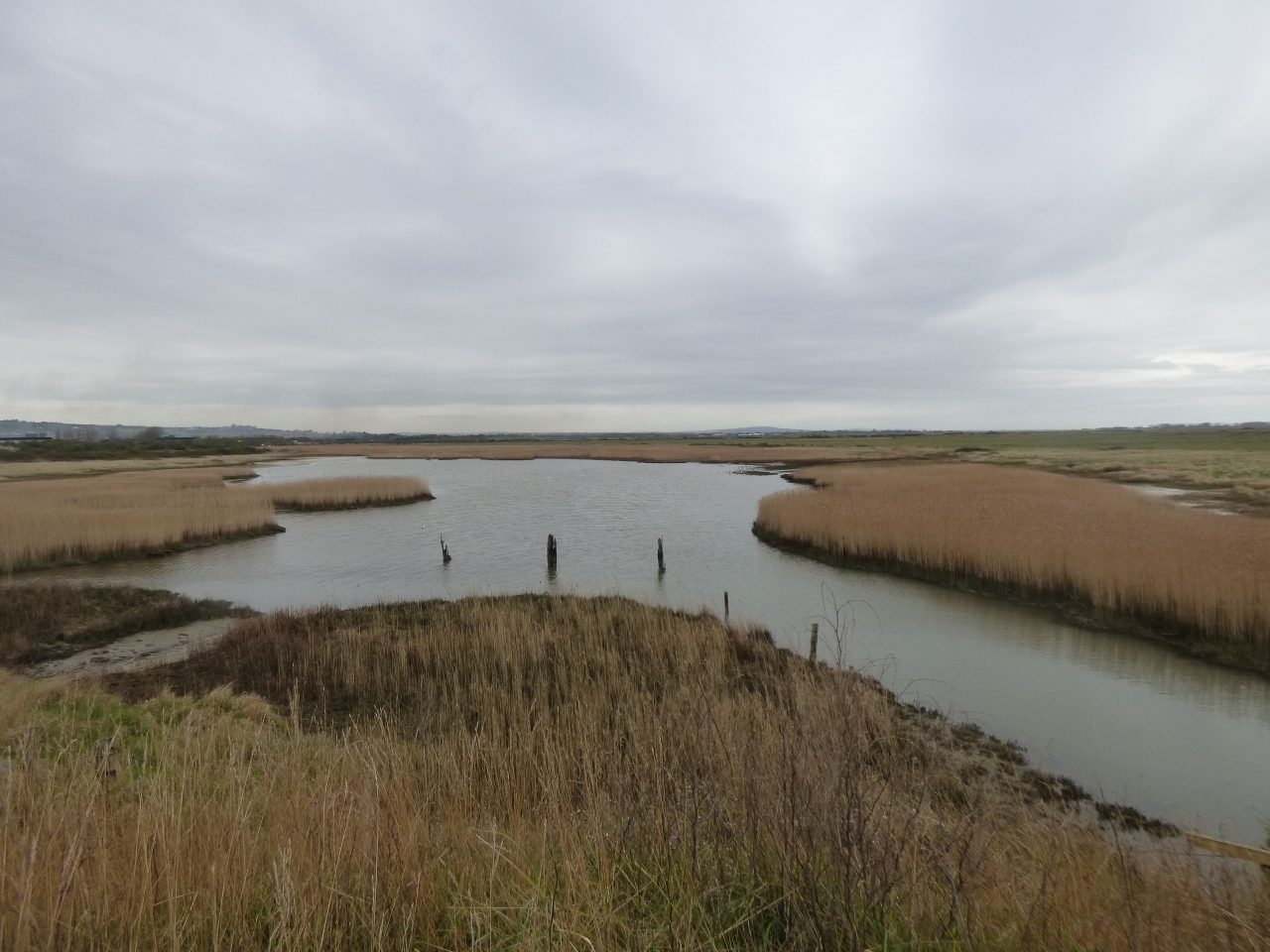
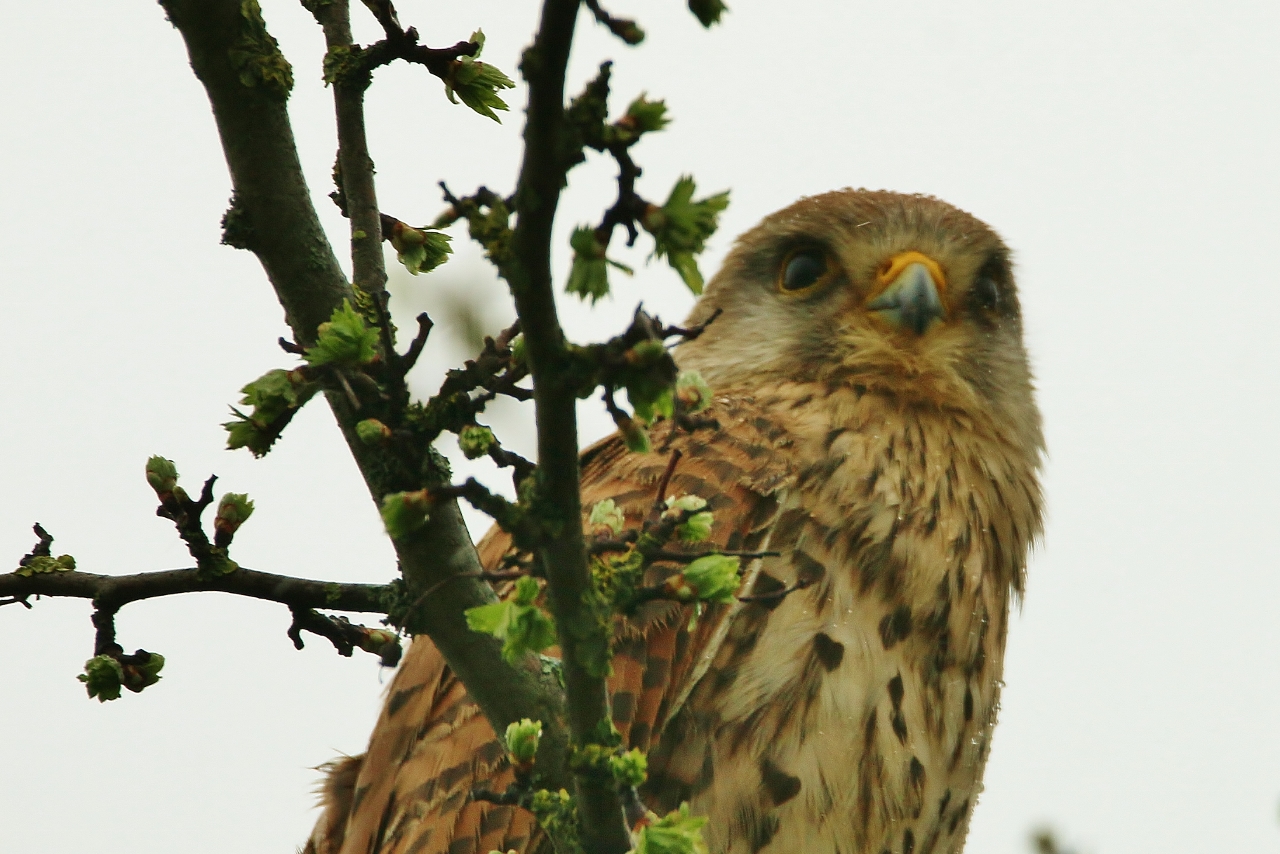
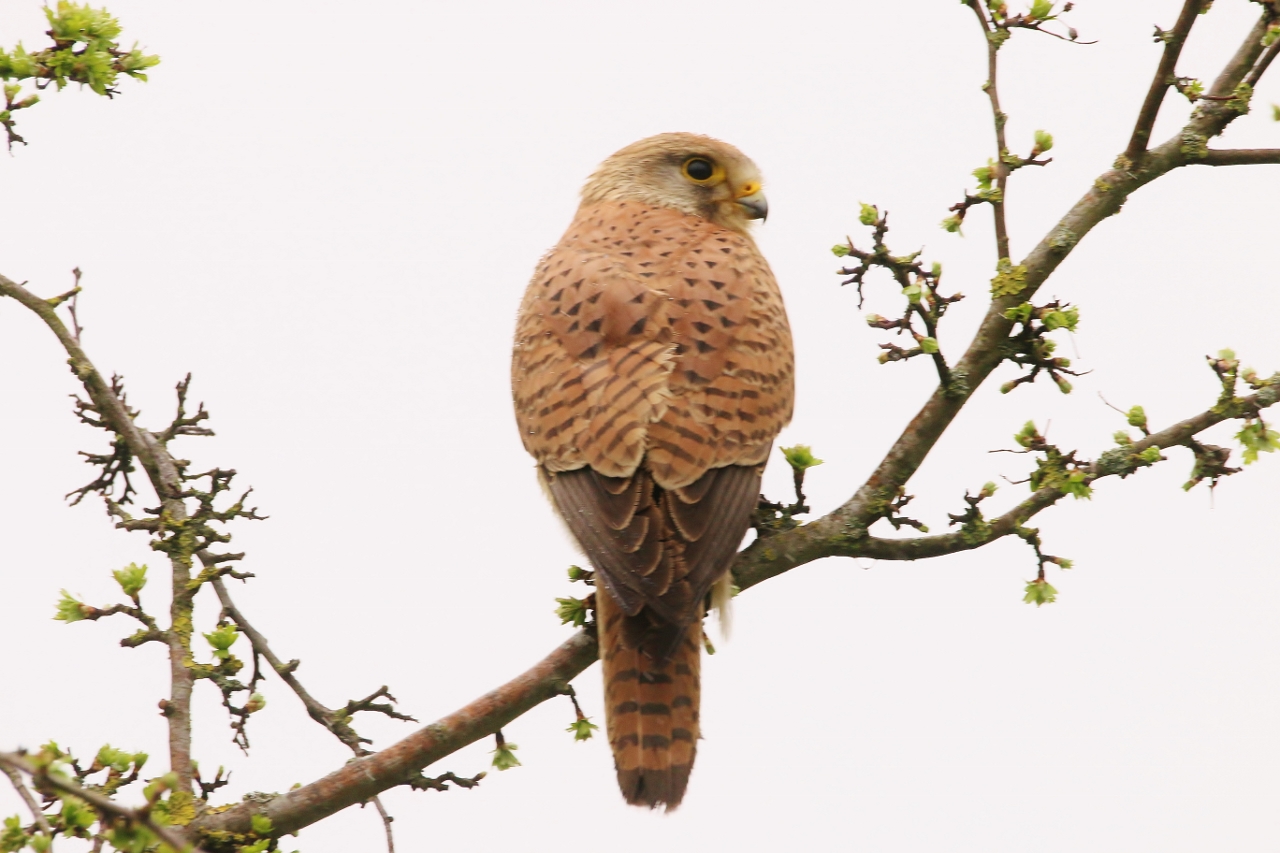
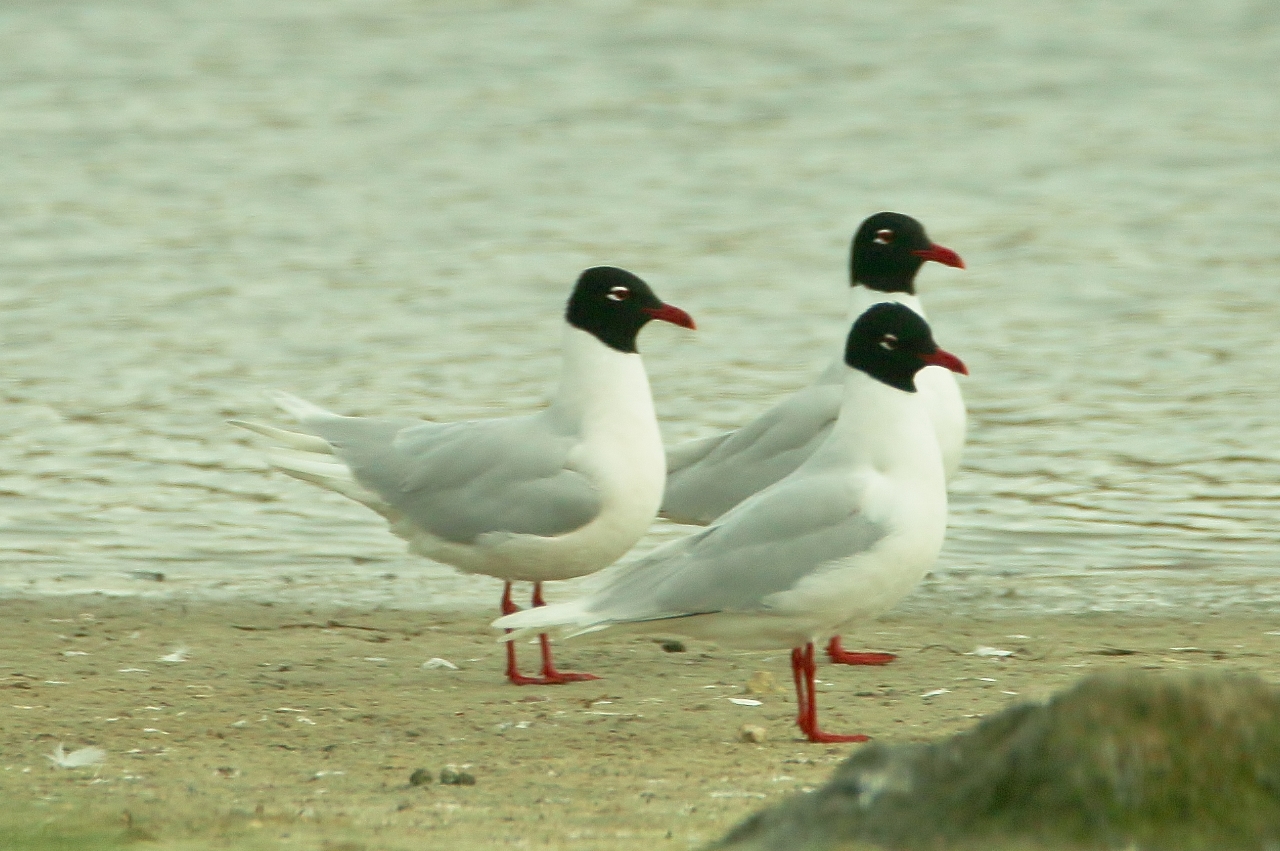
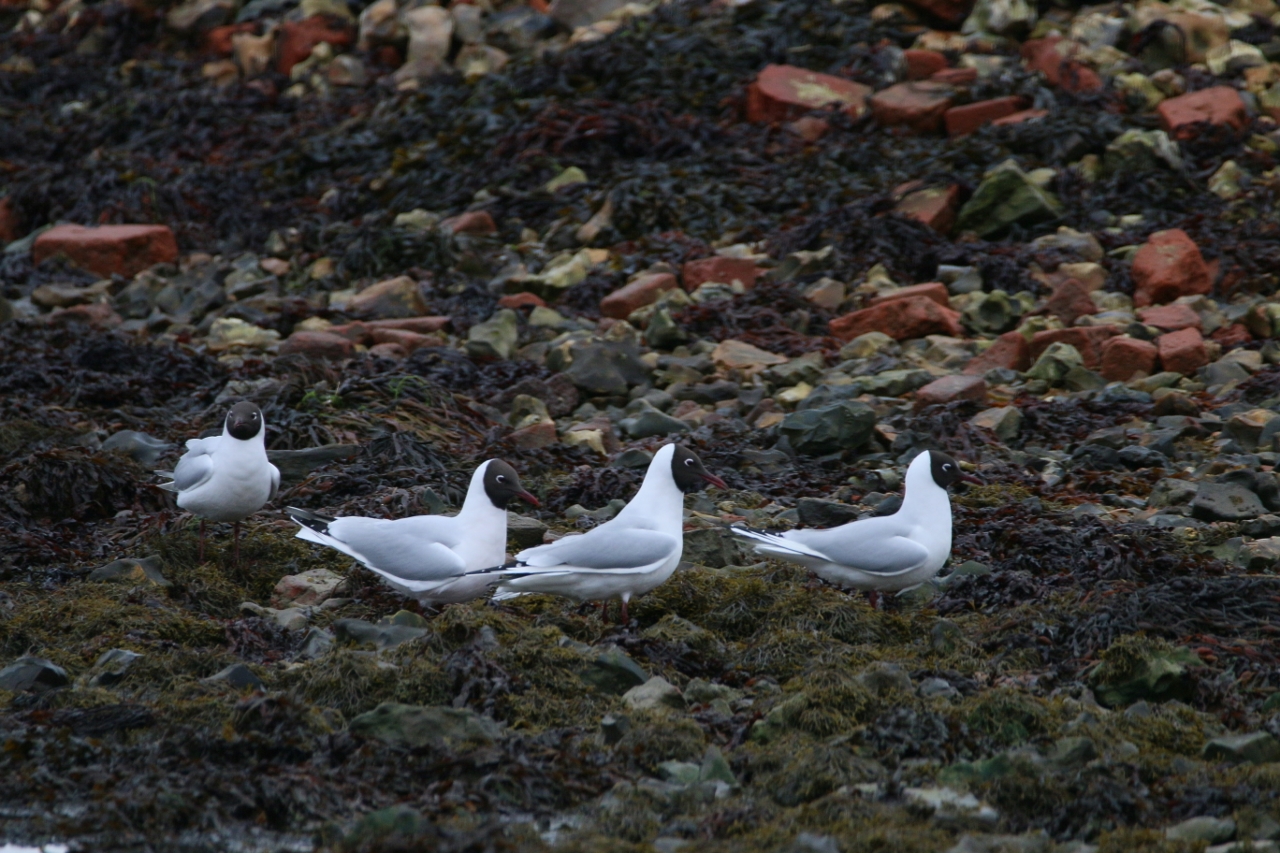
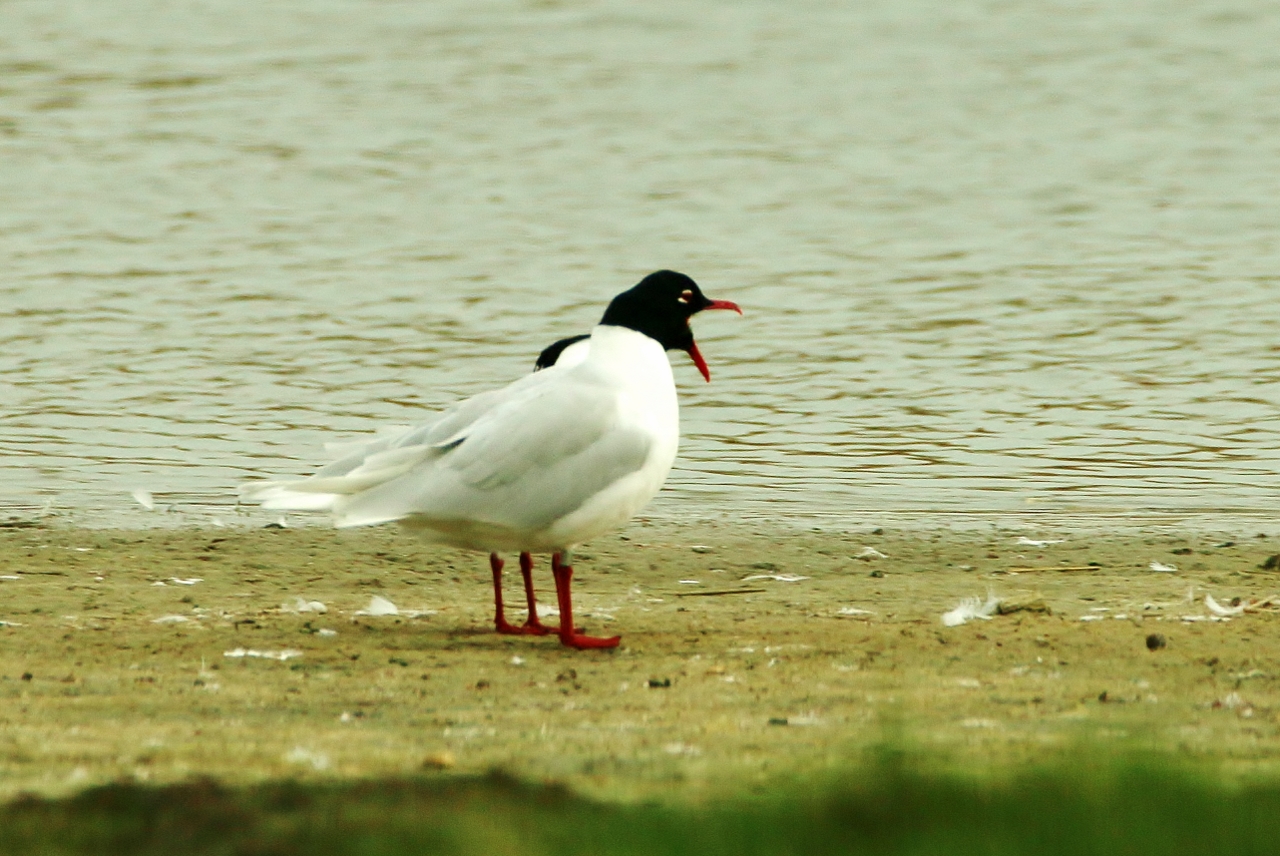
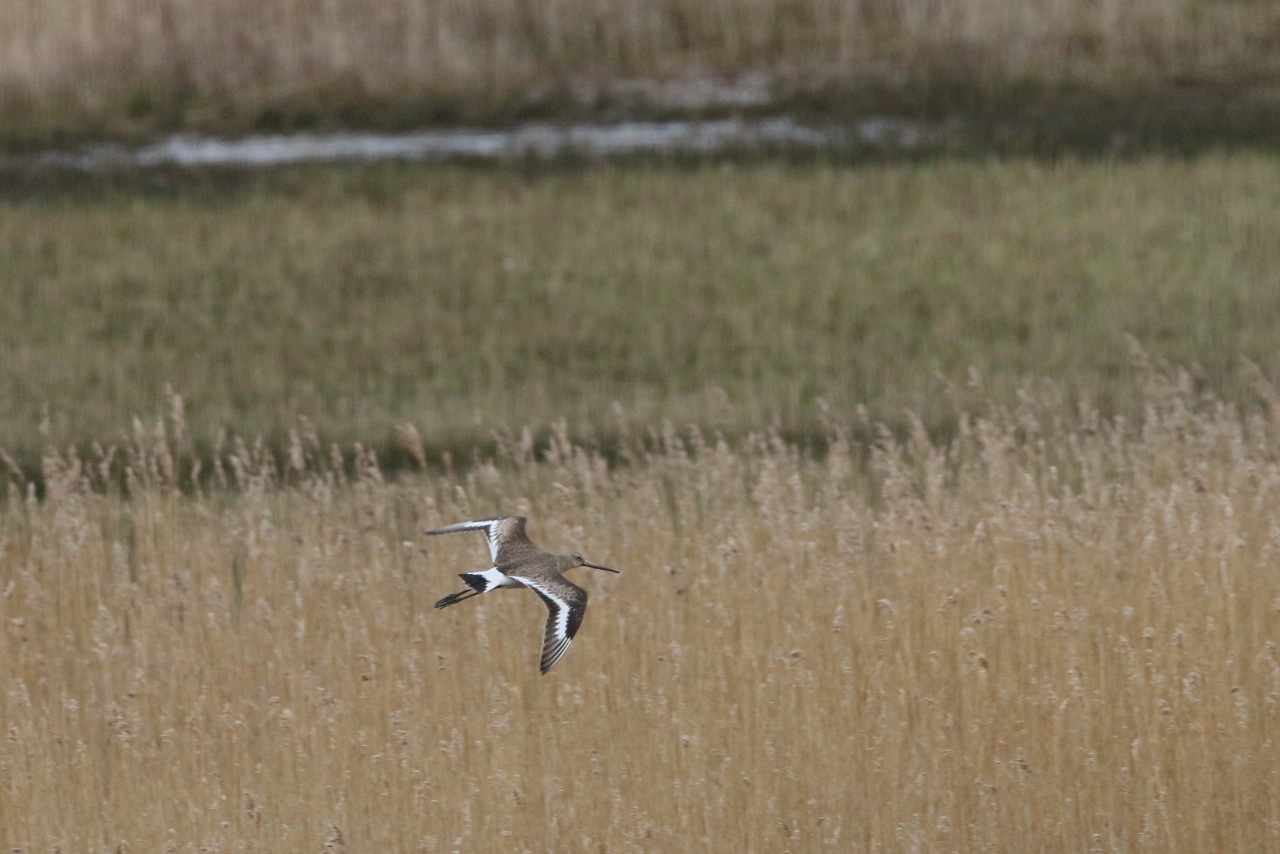

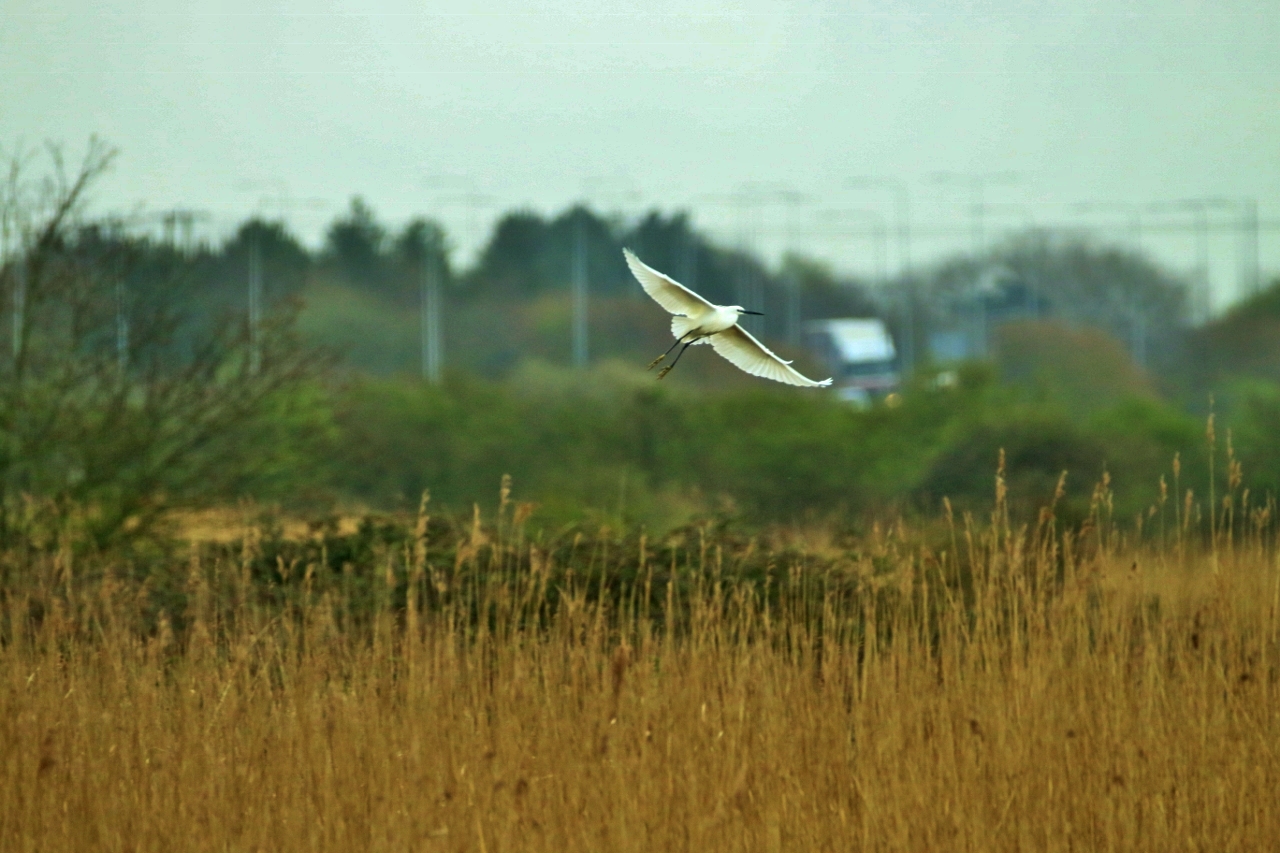

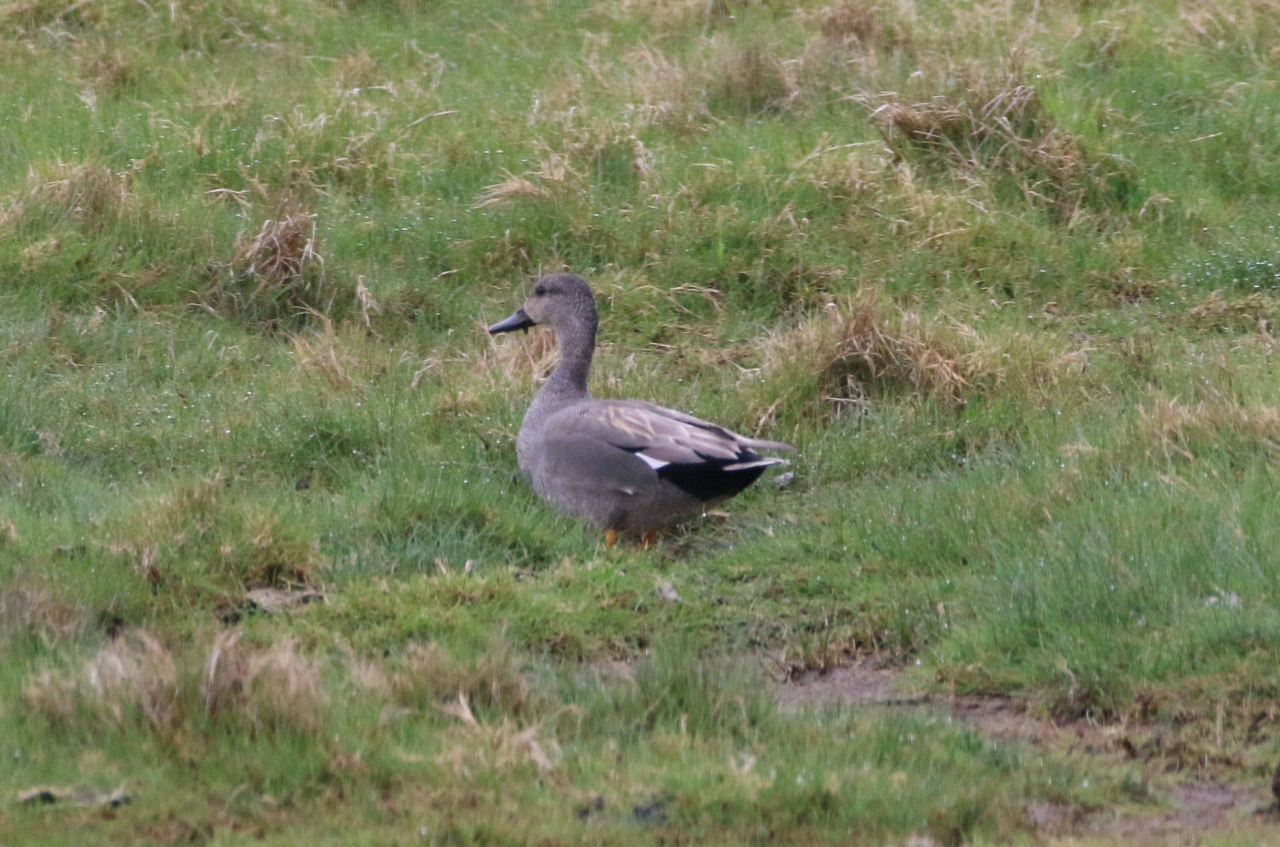

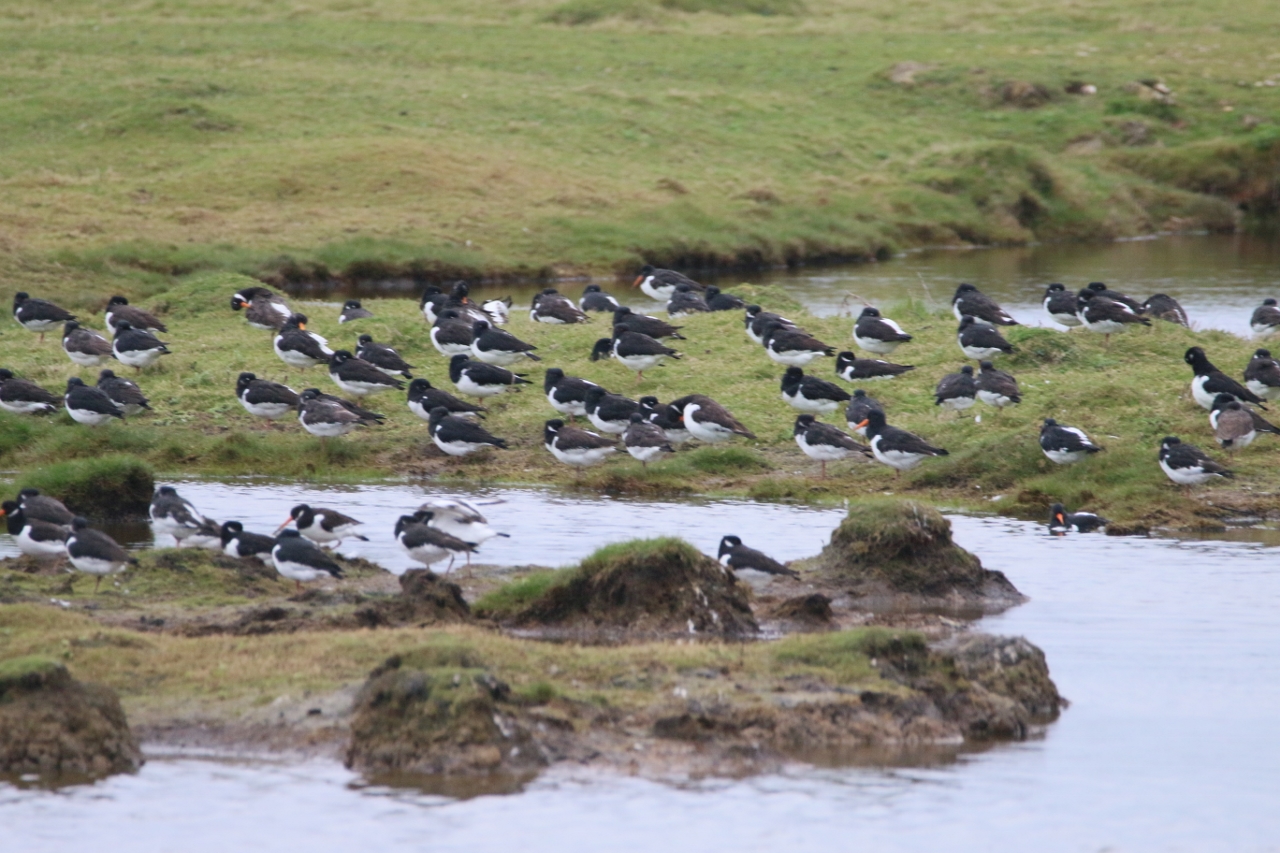




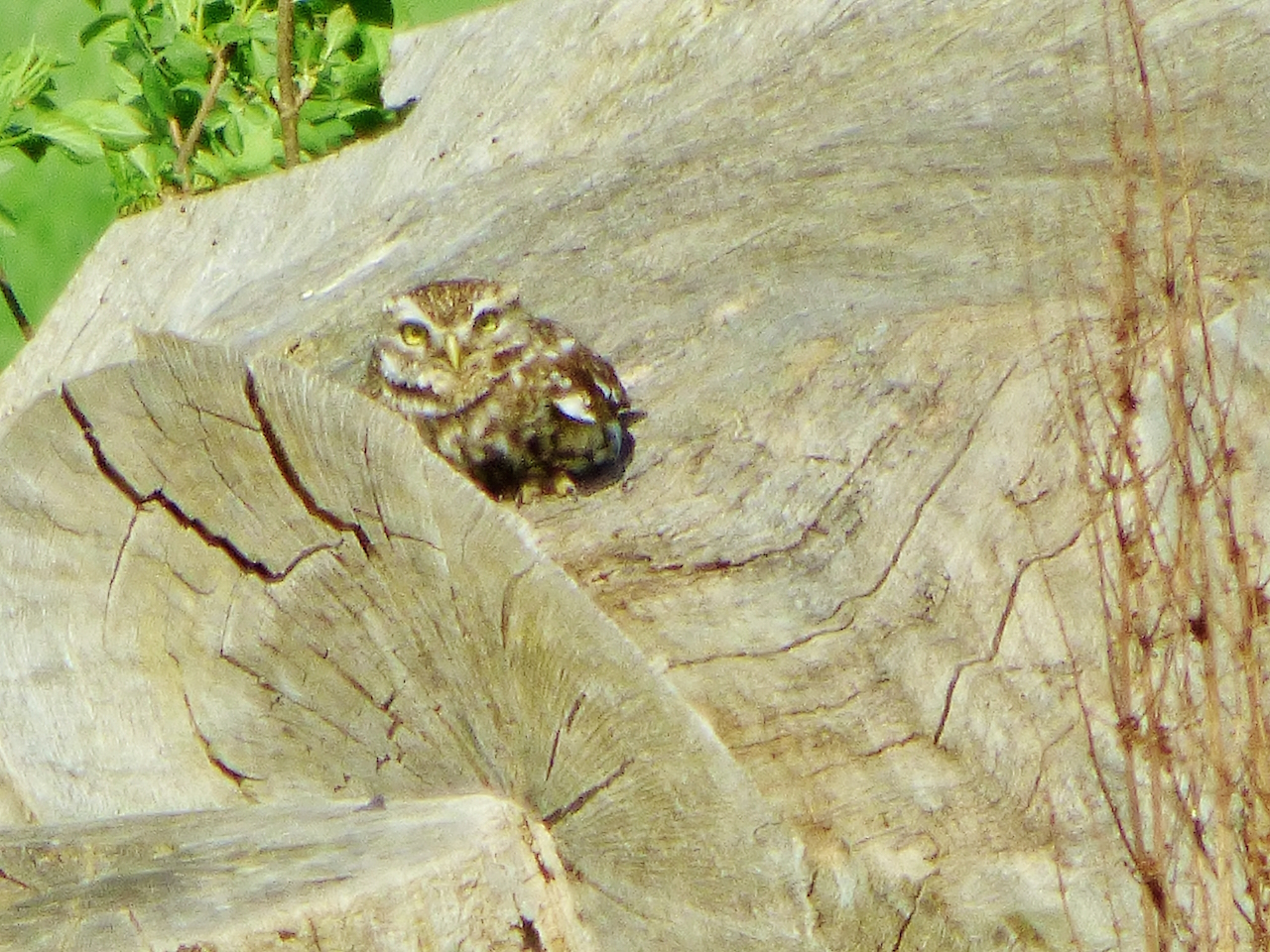






Lisa Wright
April 6, 2017 at 11:03 pm
Sure I heard a cuckoo today!
Malcolm Fincham
April 6, 2017 at 11:55 pm
It is indeed possible you may have. There have been a few reports.
Well worth keeping one’s ears and eyes open now, for sure.
Or a least check out for the ”tagged” ones online that will hopefully be arriving to the UK soon.
Link: https://www.bto.org/science/migration/tracking-studies/cuckoo-tracking